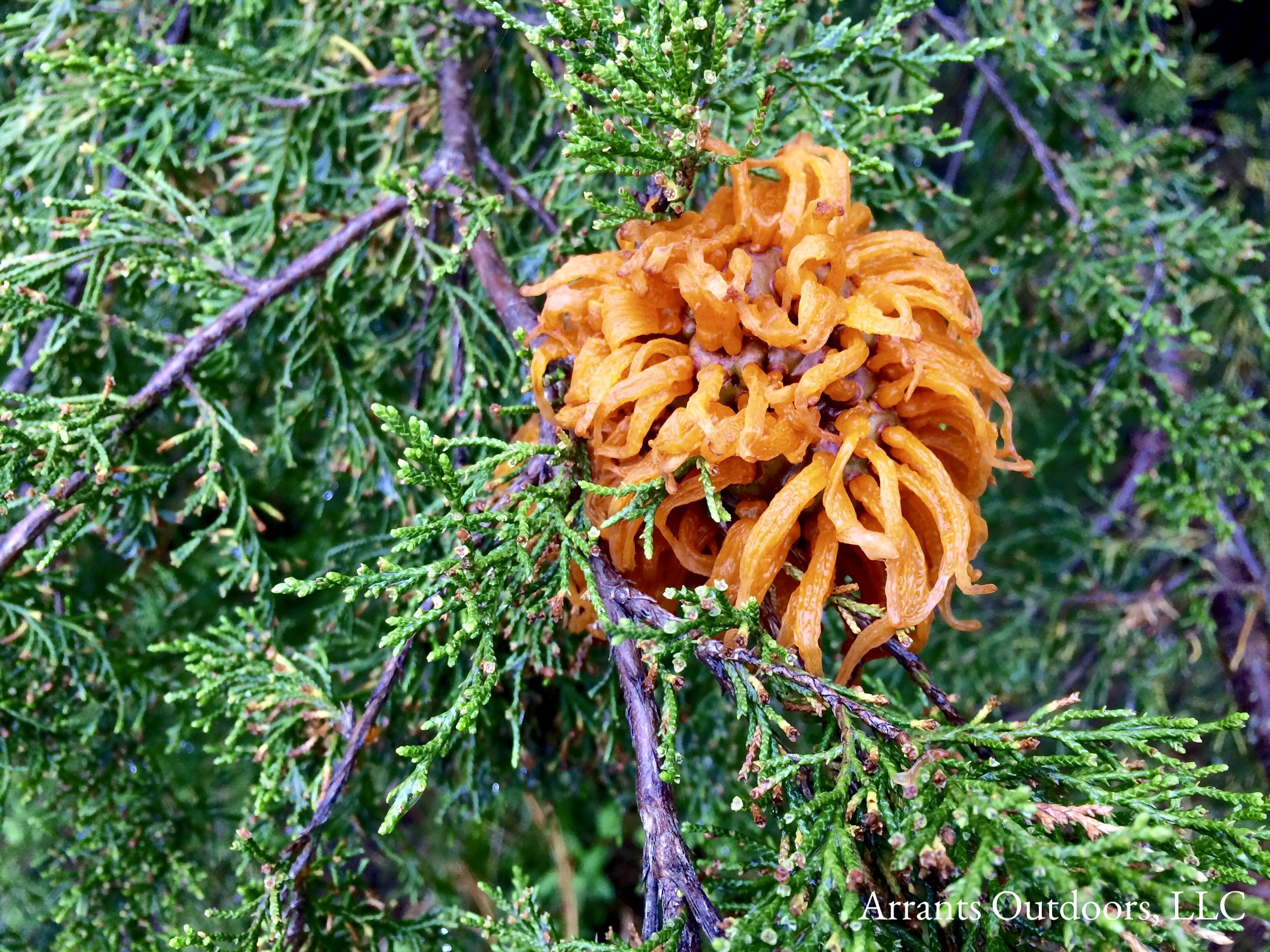Things around here have been busy the last few months and, as a result, I've done a poor job of posting anything here on the website. As many of you know, I finally made the move to Montana. Living just a short drive from Glacier NP, I get to sit on my back deck and stare at the mountains I have loved for a long time. However, I've received some feedback from folks letting me know they think it's time I get out of "living a vacation" and think about telling more natural history stories. And, today, that's what we're going to do!
As naturalists, we marvel at the various forms life has taken on this planet. From the countless species of insects we encounter each day to the massive Sequoia tree (Sequoiadendron giganteum), nature displays myriad ways to live. Why don't we take a look at a less glamorous group, with really cool representatives often overshadowed by more conspicuous and showy members found in lawns and in woodlands.
When most people think of fungi, they think of the large capped mushrooms in their yards, shelf-fungi in the woods or the oddities like Stinkhorn Mushrooms (Phallaceae). I'd like for us to stop long enough to look at a few members that often get overlooked; the rust fungi, or Pucciniales.
Up first is this odd, amorphous orange fungus. Pictured below is Cedar-Apple Rust (or Juniper-Apple Fungus), scientific name (Gymnosporangium juniperi-virginianae). This almost alien-looking blob spends its lifecycle bouncing back and forth between junipers and apples and crabapples (Malus sp.). One year, it will develop upon the cedars and the next, it will cross over to the crabapples.
Cedar-Apple Rust Fugus (Gymnosporangium juniperi-virginianae), seen here on Eastern Red Cedar (Juniperus virginiana).
In the years it is on the cedars, a small gall will begin towards the end of a small branch, where the juniper needles erupt from the branch. As the gall swells, it will begin the stages of the orange telial horns and, when the spring rains come, they will swell and form the spores from which it will reproduce. Specifically, these basidiospores will be blown by the wind once the fungus dries out, where they may land on crabapples in the area. Based on dispersal of fungi spores, I would suspect they could be carried quite a few miles... though, it's more reasonable to expect them to mostly affect crabapples within a couple hundred yards. .
Once they cross into their crabapple hosts, they will form blisters or lesions on some of the leaves of the tree. These lesions more or less hold to the orange color scheme, even being yellow with red borders (which, not all all by chance, are the two primary colors which make up the secondary color orange). The blisters will form aecia from which aeciospores will be released to begin the cycle upon junipers once again the following year.
Our second fungus is found in these small rust blisters on the pine needles, which are a clear indication of Pine Needle Rust, a member of the Coleosporium genus. These white to orange-white blisters will erupt along the length of pine needles that have been infected. I’ve seen a fair amount of this across the southeast, mostly on Loblolly Pine (Pinus taeda). When discovered, there is little cause for alarm and not much need to worry about treatment. Trees are rarely killed by the rust fungus, but they may shed heavily infected needles. From a distance, the needles may look chlorotic and show signs of stress. This fungus is often passed between members of the Pinus genus and goldenrods (Solidago spp.) and asters (Aster spp.). Again, a rust fungus spending one part of it's life cycle on one plant, only to switch completely over to another host plant for the next stage, and back again!
Pine Needle Rust (Coleosporium sp.) blisters found on the needles of Loblolly Pine (Pinus taeda).
Our final photo is of Pine-Oak Gall Rust (Cronartium quercuum fusiform sp. quercuum). As its scientific name suggests, it is a close relative of Fusiform Rust and, again, as the scientific name tells us, it impacts oaks (Quercus is the genus name for oaks).
Pine-Oak Gall Rust (Cronartium quercuum fusiform sp. quercuum) found on Virginia Pine (Pinua virginiana).
Effecting pine species with 2 and 3 needle bundles, these globe galls are a dead giveaway for this rust. In this circumstance, as you can tell from the short, twisty needle bundles in twos, it is Virginia Pine (Pinus virginiana) we are looking at (pictured above). This gall is on the back end of its life cycle and has already produced the spores it, like all fungi, uses to reproduce. How do we know this? Well, there are no open wounds or rippled areas producing sap and spores anywhere on the gall. Therefore, we can come to a reasonable conclusion that this gall is older.
What is amazing is the spores produced by a gall on a pine species will ONLY infect an oak species. And, any galls found on an oak will produce spores that will only infect a pine species. The same applies for the other two rust fungi. And that, ladies and gentlemen, is pretty freaking amazing reproductive specialization for such an ancient group of organisms! Awfully complex for such simple life forms, don't you think?


